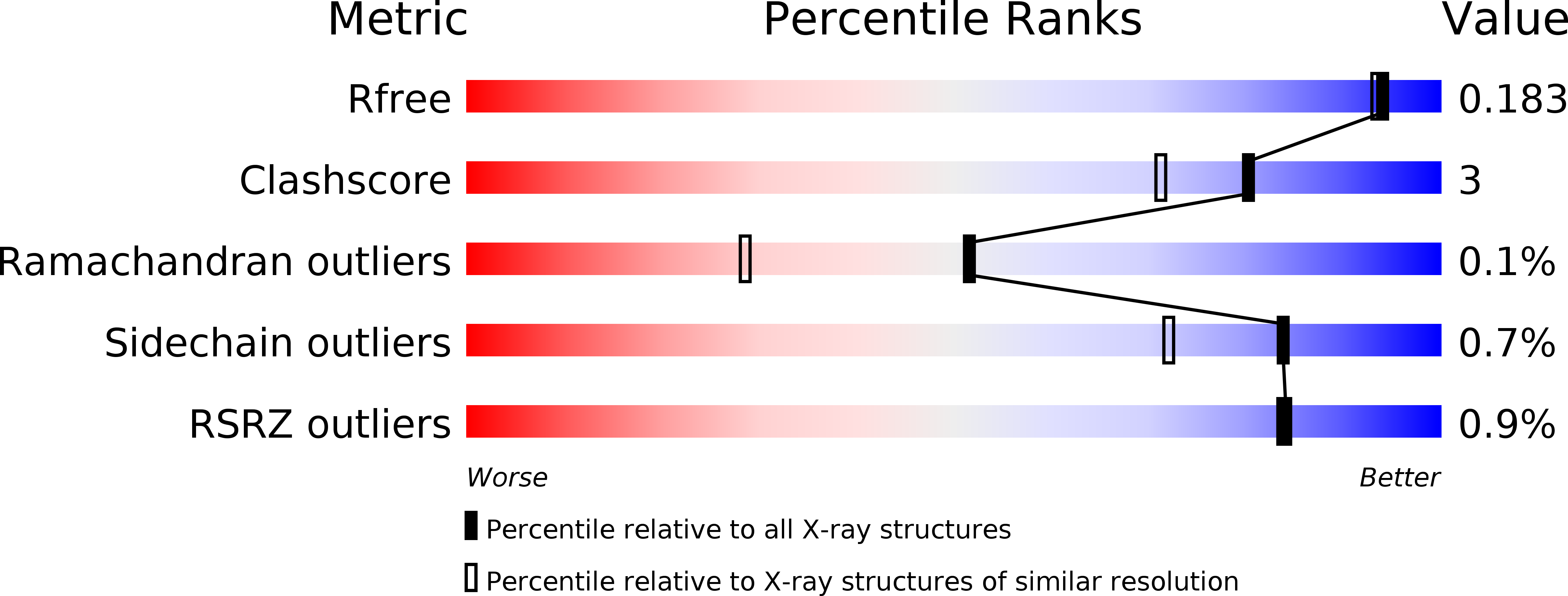
Deposition Date
2016-02-15
Release Date
2017-02-15
Last Version Date
2023-11-08
Entry Detail
PDB ID:
5I5E
Keywords:
Title:
Crystal Structure of Transketolase mutants-H66/261C complex with xylulose-5-phoaphate from Pichia Stipitis
Biological Source:
Source Organism:
Scheffersomyces stipitis CBS 6054 (Taxon ID: 322104)
Host Organism:
Method Details:
Experimental Method:
Resolution:
1.62 Å
R-Value Free:
0.18
R-Value Work:
0.15
R-Value Observed:
0.15
Space Group:
C 2 2 21


